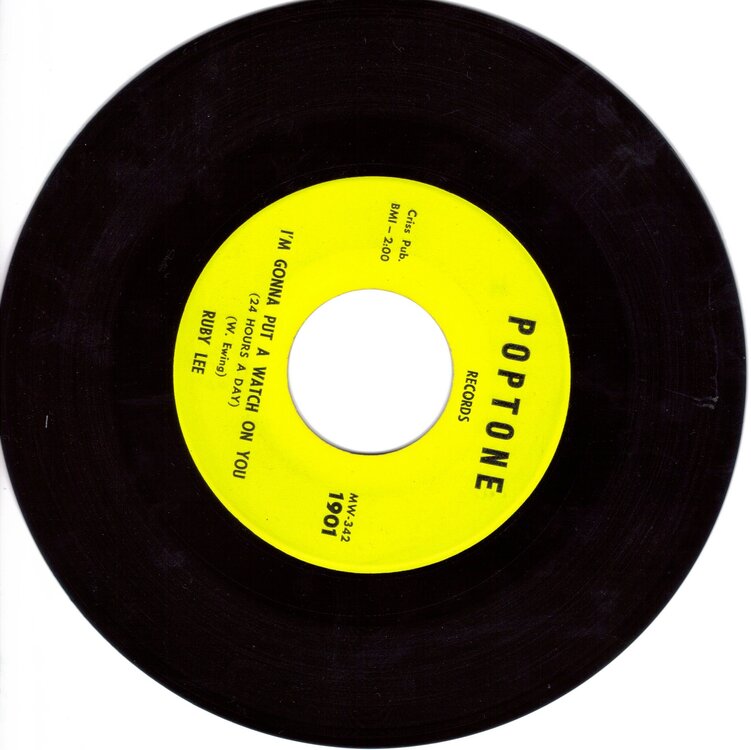Everything posted by Rbman
-
R&B Wednesday
Thanks Ken, not heard that for ages
-
JEAN CARTER DECCA DEMOS
my reissue sounds the same (poor) as the original
-
R&b Wednesday
Thanks...Davie...like that price much better than Ken's £300+...... anyway I'm off to bed ...thanks all for another wonderful wednesday of R&B
-
R&b Wednesday
WOW.....like that Ken.......any more info?
-
R&b Wednesday
Soul Sisters - I Won t Be Your Fool Anymore.mp3 - - 11476 refosoul got this last week for pocket money
-
R&b Wednesday
-
R&b Wednesday
Much more a "Northern" feel Ken....but great value for £15 eh.........
-
R&b Wednesday
Always like this but never picked it up....cheap as chips
-
R&b Wednesday
I can't at mo...probs with laptops soundcard I'm told.....link to Manship https://www.raresoulman.co.uk/searchartist....+RAY&Format=
-
R&b Wednesday
thanks Ken....went down well the other week in Bedford
-
R&b Wednesday
I picked up a nice Ray Agee last week Ian...."You Hit Me Where It Hurts" on Shirley.....nice slice of R&B
-
R&b Wednesday
I'm Gonna Put A Watch On You" on Peptone.....
-
R&b Wednesday
Oi Ken can you post up our Ruby Lee? Same cut ...soncraft seems to sell for £10 more for some reason
-
How Old
Tenth grade (called Grade ten in some regions) is a year of education in America and many other nations. It is usually ten years after kindergarten. Students are usually 15-16 years old, but sometimes as old as 19. They
-
Joe Frazier
Mr Manship has an issue for sale now for £15.............................
-
You've Just Won The Euro Millions
What with winnie?...new white lines and auto barriers?
-
Is There Any Solidarity On The Soul Scene?
As far as i know I've been to two KRL events in the last 6 years. Both were enjoyable events but I had moans about both. The second was in Blackpool last year...a bloody great weekend with such a wonderful mix of people from our scene but felt a tad bitter about the lack of allnighters and a lack of BIG Named DJs on the sunday night....with the exception of Sean Chapman and Chalky of course. Has it put me off going to a KRL promoted do...maybe...I was up in Matlock the other weekend but decided to give the M/Bath bash a miss....... Some of the friends I've made since returning to the scene have nothing but good to say about KR and others are less than complimentary......people speak as they find. I know I was unhappy about the way KR's wife was treated by some at Whitby.
-
Is There Any Solidarity On The Soul Scene?
Only a small proportion of the soul crowd are posters on here and some just read it for the events listing. I'm surprised KRL gets so wound up by what a few SS members post on here.
-
Monday Tunes.. Duets
"That's A Rockin' Good Way" Vernon & Jewell...... can't post a link...sorry.
-
Northern Mix For The Uninitiated?
Do you mean ATYPICAL........most of the records listed above I would say are the usual suspects. I got into NS following on from my love of the Motown sound so it maybe a good idea to introduce him to some 60s TM first.
-
What You Bought This Week ?
I'm Gonna Run Away From You....T Lynn...MOJO.....cancer research £1.00.......£8.00 in Manship
-
R&b On Wednesday
Wednesday runs on..................
-
R&b On Wednesday
I got mine from Rob Messer a few years back and have seen it a few times since....always less than £25......worth every penny of £25 though IMO
-
R&b On Wednesday
Mr dutton had a spare for sale a month or two ago...not sure what label...volt, atlantic uk or Stax....
-
R&b On Wednesday
As I said earlier on this thread this is a great double sider for £10.....get it before it goes BIG



